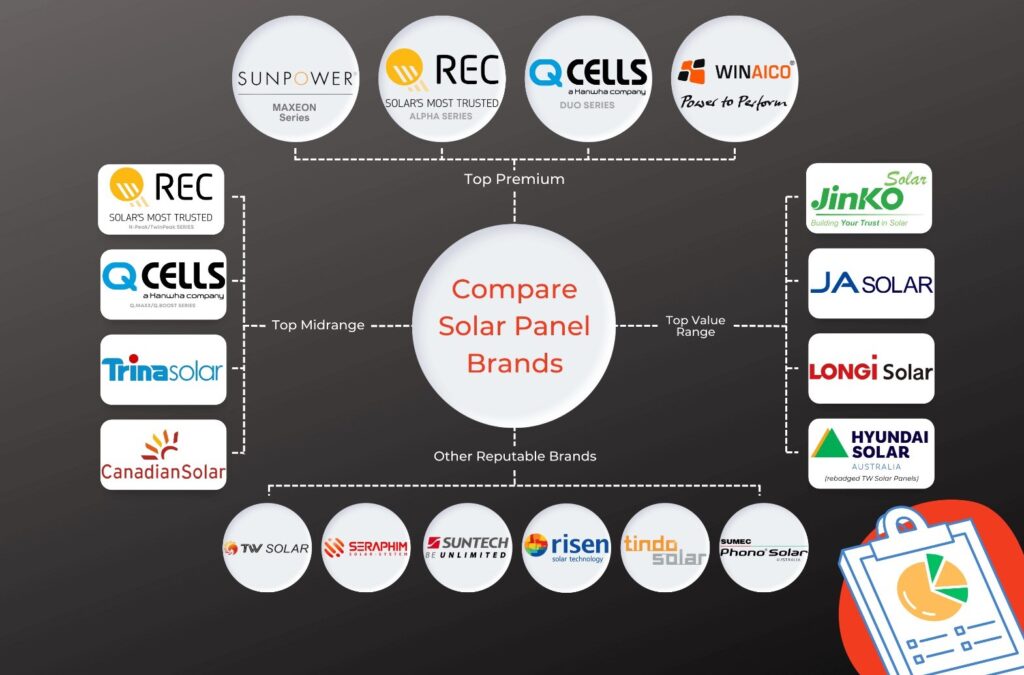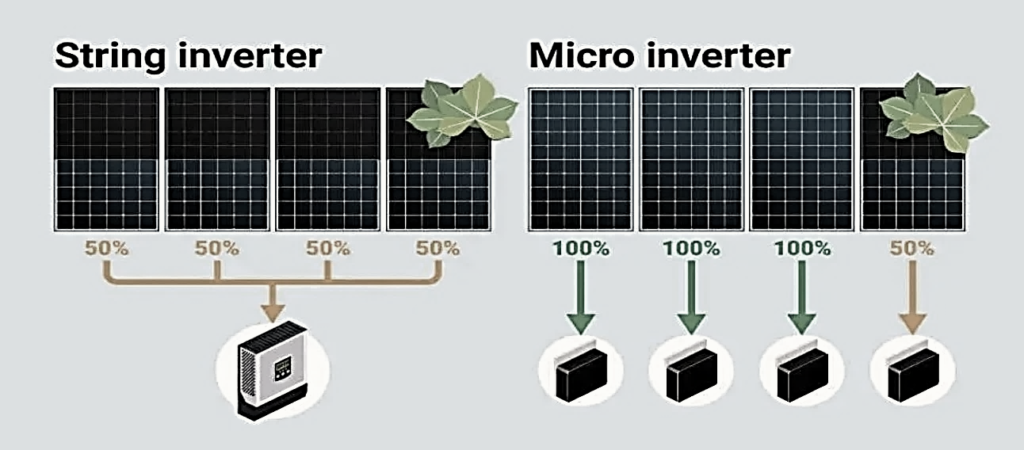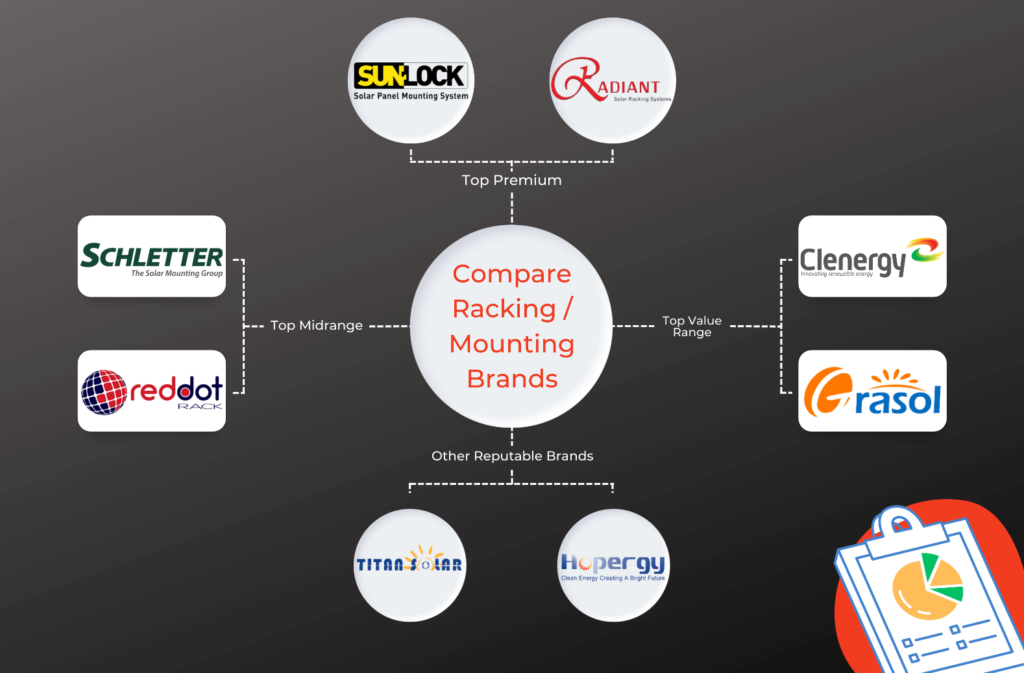

LET'S CONNECT
No Obligation Consultation.
SOLAR 101
WHAT YOU NEED TO KNOW BEFORE ENGAGING A SOLAR COMPANY
10 July 2023
Marcus Azzam, Engineer
After brushing through this guide, you’ll know more about solar energy than most Aussies, be able to debate a solar salesperson, and be confident that you’re getting the right system and paying a reasonable price for a properly-sized residential solar power system installation for your home in 2023.
This Solar 101 Guide will give you a comprehendable understanding of solar power, the components that make up a solar PV system, and the different brands out in the market, enabling you to make the smartest possible decisions to fit your needs and your budget.
I’ve put this guide together with the value of your time in mind. In approximately 15 minutes, you should have enough information to make an informed decision with which way to go about solar.
If you’re already sold on residential solar power systems and would like a quote on customised system designed for you, or have further questions that you’d like the best in the industry to answer for you, go here.
Otherwise, here’s what you should know before getting solar power quotes and making the investment ourchasing solar and organising installation:
LESSON 1: A solar power system’s four basic components
Solar panels are made up of a grid of solar cells shielded by sheets of exceptionally resistant glass. Solar panels on your roof convert sunlight into direct current electricity. Several cell types and cell configurations exist and can be used in solar panels.

Nowadays, the vast majority of panels installed are “monocrystalline half-cell panels”. It was discovered a few years ago that splitting square solar cells in half makes them slightly more efficient and more tolerant to shading, and as a result this beautiful technology was born. They’re so effective that they’ve virtually monopolized the market.
In saying that, if you have NO shading problem, it makes no significant difference whether you get mono, poly, half-cell or half-cut, or shingled solar panels. What matters more than all of that is that you choose a reputable brand with a strong Australian support team.
Brands of solar panels to consider
Now, it’s likely you have no clue the diffenrence between a reputable solar panel brand and a shonky one in the market, and why would you?…
I’ve done the hours of research, and investigating, for you so that you don’t need to. Here is a quick list of all the solar panel brands used in the Australian solar market that I’ve concluded to be of high-quality and well backed by the support they offer.

This is, by no means, a comprehensive list of all panels that are floating in the market, and you can ALWAYS get in touch with me if you have questions about a particular brand, however my advice will most likely be “play it safe and stick to a brand on the chart above”.
To give you a little idea as to the difference, to your back-pocket, buying top quality panels will make, choosing a premium brand like Sunpower over a budget-friendly brand like Jinko can increase the cost of the entire system by roughly 50%.
Budget and luxury brands barely differ in terms of *performance. The primary distinction between the two can boil down to:
✓ The rate at which the panel’s ability to produce energy will deteriorate over time.
✓ Their product warranty duration, although less expensive panel brands are catching up.
A 25-year performance warranty, for instance, guarantees that a 415w Jinko solar panel will still produce 87.4% of its rated output after 25 years of operation. The output of a top-tier 420w Sunpower Maxeon panel has a 40-year performance warranty and is guaranteed to be 92% of its rated output after that 40 years of operation.
In saying that, a Sunpower Maxeon panel costs more twice as much as a Jinko panel, and so you’ve got to weigh up whether it’s worth paying that much for a panel with a longer warranty, which degrades at a lower rate.
Component 2: Solar inverter
The solar inverter is the second, cruicial, part of a solar power system installation, be it residential solar energy system or a commercial solar energy system. Solar inverters, essentially, come in two different forms:
✓ A STRING INVERTER, which resembles a small suitcase in size.
✓ A MICRO-INVERTER, which is approximately the size of a small book.

IMPORTANT TIP: Never install a string inverter where it’ll sit under direct sunlight. Always pick a shady location, a cool garage, or have the installer install an inverter cover or canopy to protect the inverter. Extreme, direct, exposure to the sun can shorten the life of your inverter by cooking it, and Australian sun can be exceptionally harsh!
A string inverter solar power system is one with the inverter or inverters being mounted on a wall, where a series of multiple solar panels are connected to a single strings. The number of strings that an inverter has varies depending on the inverter installed.
A micro-inverter solar energy system is one where each panel is connected to its own, dedicated, micro-inverter. These micro-inverters are usually attached to the back of the panel, or sometimes next to it.
You can also choose to install a hybrid system between the two types, commonly known as an “optimiser system”, which would comprise of a string inverter mounted on a wall and “power optimisers” attached to the back of each panel installed.
String inverter solar energy systems are always cheaper to purchase than the other two options, however there are advantages to installing a micro-inverter or an optimiser system, patricularly when it comes to roofs with shading issues and design flexibility for complex roofs. Regarding their advantages with roofs with shading issues, there are modern high-end string systems that have sophisticated algorithms that perform equally as well in many shading scenarios.
Nontheless, one of the distrinct advantages of micro-inverter systems is their ability to run on a significantly lower voltage. This makes them safer in the event of an installation accident, and allows them to generate power when the panels are exposed to less sunlight. You can avoid installation accident situations by hiring a reputable installer, such as those employed by 365 Solar Australia, and scheduling regular inspections. The recommended is that you get your system inspected every 5 years.
Brands of solar inverters to consider
Here is a list of inverter brands available in Australia that I believe to be of high quality, and are well supported.
Please note, this is not an exhaustive list, but any reputable solar retailer will almost certainly quote you on a system with one of the brands below:

IMPORTANT TIP: If your goal is to stay on the safe side, stick to the products on this chart. 365 Solar Australia does NOT receive any rewards nor compensation from any manufacturers to endorse their inverter brands.
There are all inverter brands I would gladly install in my own home. Please keep in mind that 365 Solar Australia does not accept incentives from manufacturers to promote or recommend their solar inverter brands. If we do, it’s because we genuinely believe them to be of high-quality and great value.
The inverter is the most likely component to fail in the first 10 to 15 years, following your solar energy system installation. This is because they do most of the heavy lifting, all day, every day, and they get tired. If your inverter fails, it will bring your entire system down, unless you use micro-inverters.
Even if you have a tight budget, I recommend looking at a mid-range or high-end solar inverter. I’m convinced they’ll outlast cheaper, low-end, inverters. You’re much better off going for cheaper panels than a cheap, low-end, inverter. High-end inverters, such as Fronius, cost roughly $1000 to $1500 more expensive than cheaper value-range inverters, like Growatt.
As for micro-inverter systems or optimiser systems, you can expect to pay an additional $2000 or more over the cost of a cheaper string inverter system.
Component 2: Solar inverter
What is the connection between your solar panels and your roof? The racking, or mounting system.
There are various racking brands available in Australia. Afterall, racking is essentially aluminum moulded and bolted to hold your solar panels on your roof.
With the exception of premium or luxury brands like Radiant, most mounting system products are pretty much the same. They provide for greater design flexibility and are likely to corrode less over time.
The chart below displays brands that we are familiar with. The price difference between a budget brand and a premium brand is approximately $150 per kilowatt.
